-
Troppo Plant & Garden Articles
- Delicious Recipes
- TROPPO’s Food Forest in Te Puke, BOP (www,foodforest.org.nz)
- Troppo’s Plant Collection
- TROPPO's Nursery Directory
- Food Forests of New Zealand (www.foodforests.nz)
- Nursery Map - Plant Suppliers of NZ Directory (www.nurserymap.nz)
- Kids Garden Corner
- New Zealand Garden Bird Survey
- New Zealand Garden Groups
The Tangled Tale of Old Man’s Beard: An Invasive Invader in New Zealand
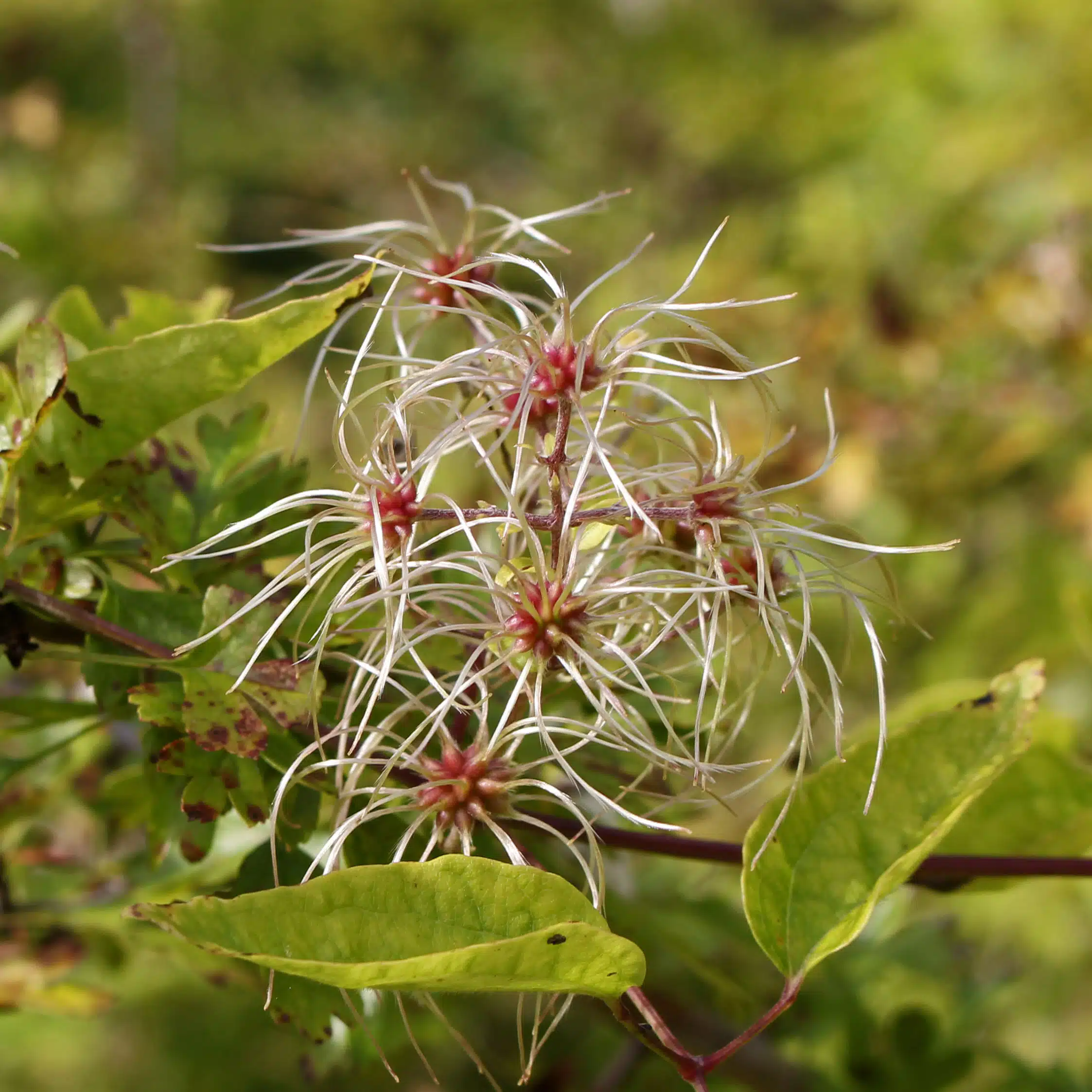
Hello, fellow nature lovers and weed warriors! 🌿 Today, we’re unraveling the story of one of New Zealand’s most notorious invasive plants: Old Man’s Beard, or Clematis vitalba. This fast-growing vine might look like a fairy tale with its fluffy, beard-like seeds, but don’t be fooled! It’s more like a villain in disguise, causing serious problems for our native ecosystems. Let’s dive into why Old Man’s Beard needs to be removed and how you can help in the battle against this invasive menace.
Meet Old Man’s Beard: The Tangled Intruder
Originally from Europe, Old Man’s Beard has found its way into the heart of New Zealand’s landscapes. This invasive vine is known for its ability to climb and smother trees and shrubs, creating dense, tangled masses that can be difficult to manage.
Clematis vitalba, or Old Man’s Beard, gets its charming name from the fluffy, white seed heads that resemble an old man’s beard. But behind this whimsical appearance lies a plant that can wreak havoc on forests, gardens, and wild spaces.
Why Old Man’s Beard is a Threat to New Zealand’s Ecosystem
Old Man’s Beard might look harmless, but its rapid growth and aggressive nature make it a significant threat to native plants and habitats. Here’s why it’s such a problem:
- Rapid Growth: This vine grows incredibly fast, often covering several meters in a single year. Its swift growth allows it to quickly overtake native plants and trees.
- Smothering Effect: Old Man’s Beard climbs over trees and shrubs, forming dense mats that block sunlight and choke out the plants beneath. This smothering effect can lead to the death of mature trees and the loss of native undergrowth.
- Seed Dispersal: The fluffy seeds of Old Man’s Beard are easily carried by the wind, spreading the plant far and wide. This efficient dispersal method helps the vine establish itself in new areas rapidly.
- Hardy and Resilient: This vine is tough and can thrive in a variety of environments, from forests to urban areas. Its resilience makes it challenging to control and eradicate.
 How to Identify Old Man’s Beard
How to Identify Old Man’s Beard
Spotting Old Man’s Beard is the first step in combating its spread. Here’s how to identify this invasive vine:
- Leaves: Look for compound leaves with five leaflets. The leaflets are ovate with serrated edges and can be up to 10 cm long.
- Flowers: Small, creamy-white flowers appear in clusters during the summer. Each flower has four petals and a delicate fragrance.
- Seed Heads: The distinctive fluffy, white seed heads give Old Man’s Beard its name. These seed heads appear in late summer and persist into winter, resembling tufts of an old man’s beard.
- Growth Habit: This vine can climb up to 20 meters high, often using trees and shrubs as a support. It forms thick, tangled mats that are easy to spot once established.
How to Remove Old Man’s Beard
Removing Old Man’s Beard requires persistence and a strategic approach. Here’s how you can tackle this invasive plant:
- Cut and Paint: Cut the vine close to the ground and apply a suitable herbicide to the cut stems. This method helps to kill the roots and prevent regrowth.
- Manual Removal: For smaller infestations, hand-pulling or digging out the roots can be effective. Be sure to remove all parts of the plant to prevent it from resprouting.
- Disposal: Carefully dispose of all plant material to prevent seeds or fragments from spreading. Bag up the cut vines and seed heads and take them to a landfill or designated disposal site.
- Monitoring and Maintenance: Regularly check the area for any signs of regrowth. Follow-up treatments and monitoring are crucial to ensure that Old Man’s Beard doesn’t make a comeback.
Why Your Efforts Matter
Removing Old Man’s Beard is essential for protecting New Zealand’s native ecosystems. By tackling this invasive vine, you’re helping to preserve the health and diversity of our forests, gardens, and wild spaces. Every effort counts, whether you’re managing a few plants in your backyard or participating in larger conservation projects.
Join the Fight Against Old Man’s Beard
Ready to take action against this tangled intruder? Together, we can make a difference and restore the natural beauty of New Zealand’s landscapes. Grab your gloves and pruning shears, and let’s show Old Man’s Beard who’s boss!
Happy weeding, and let’s keep our green spaces thriving and free from this invasive menace! 🌿🪚

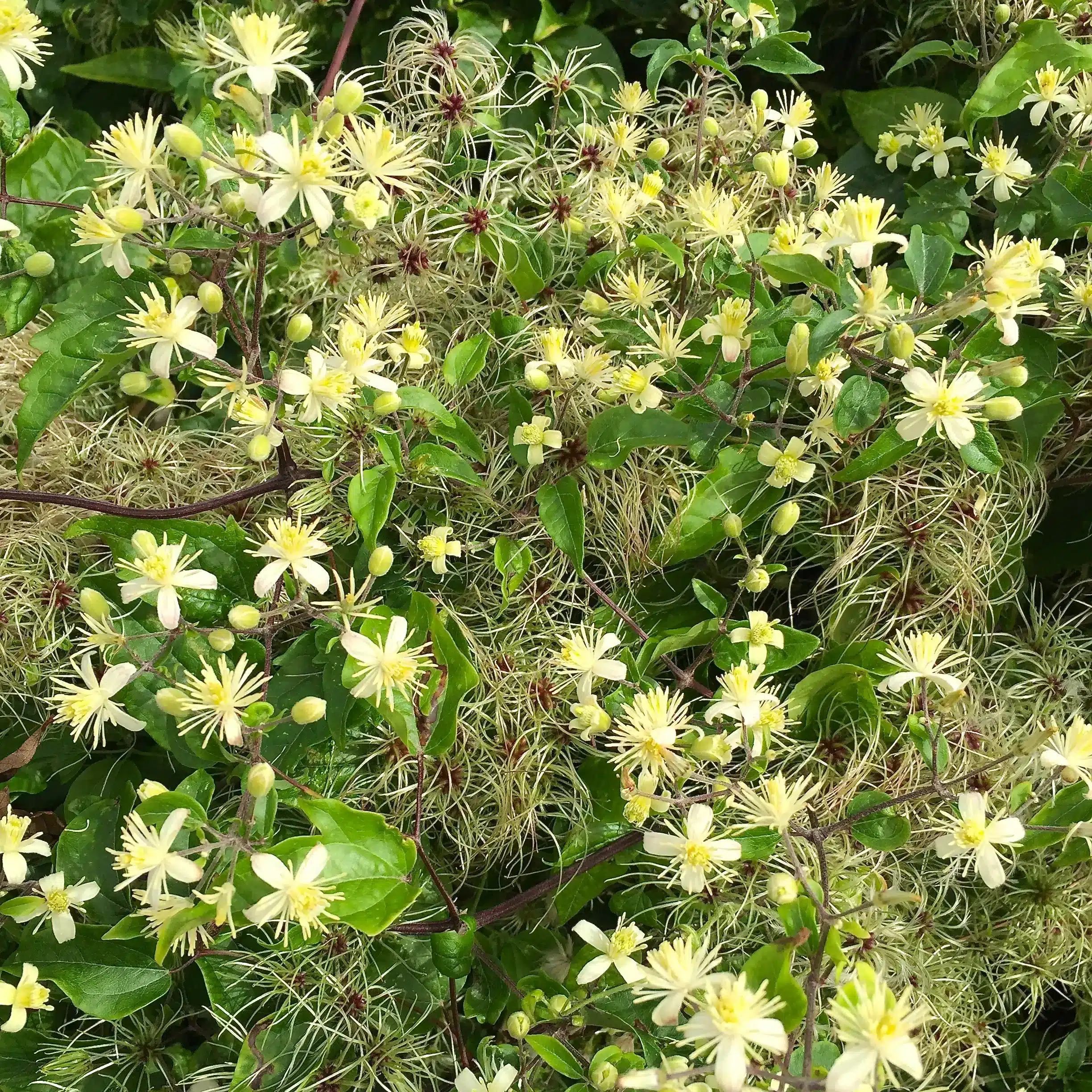
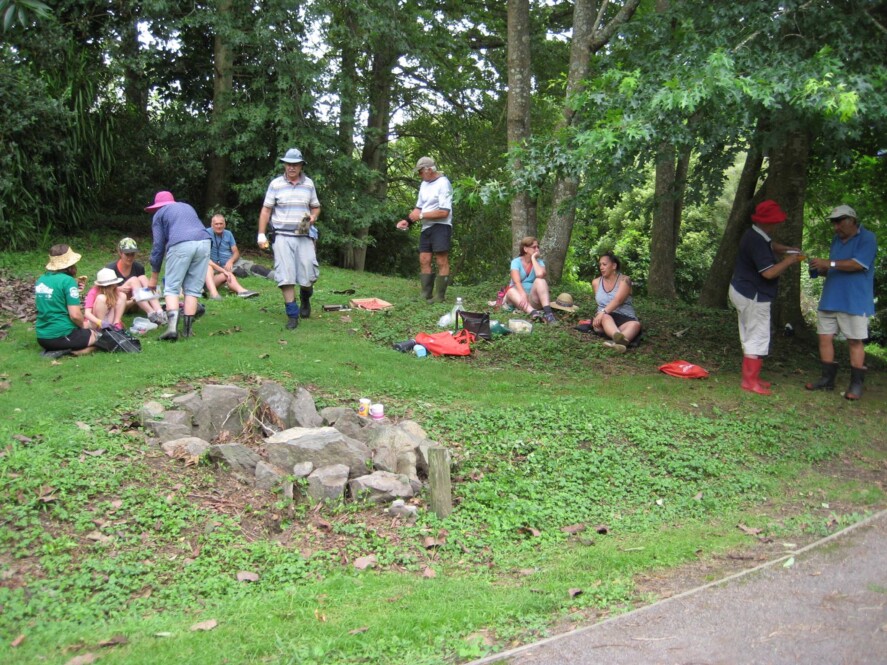

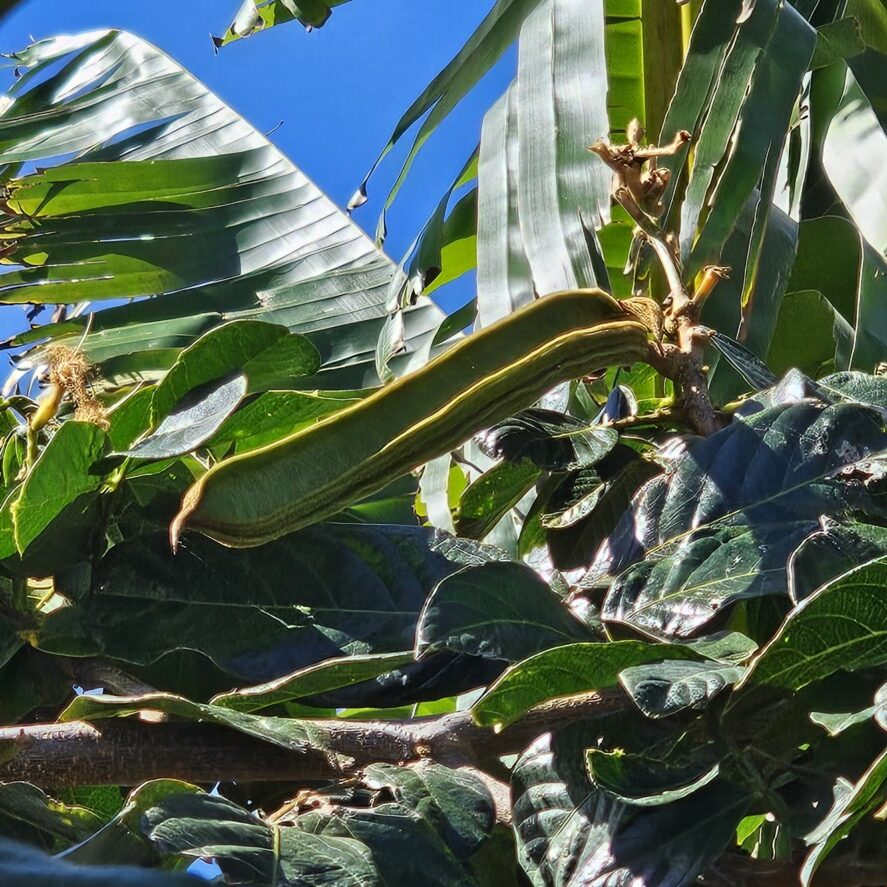
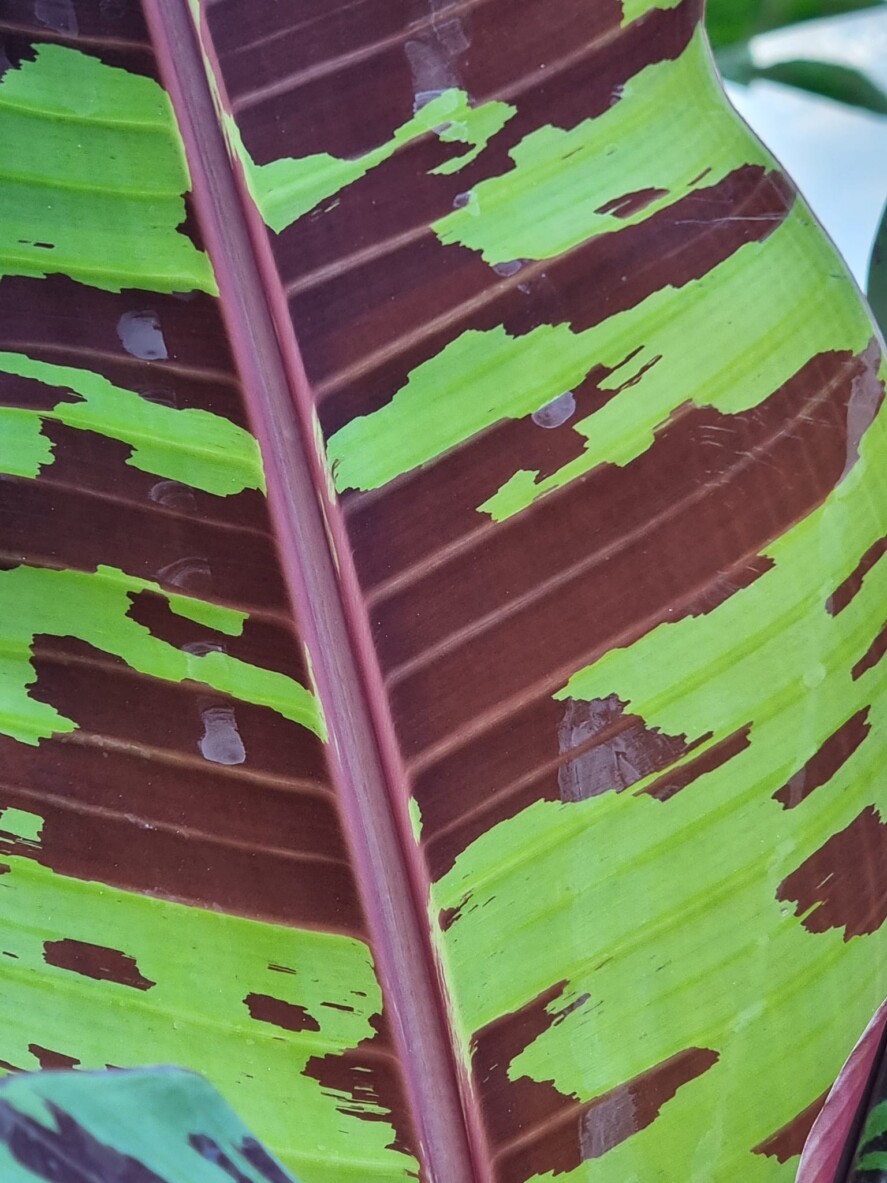


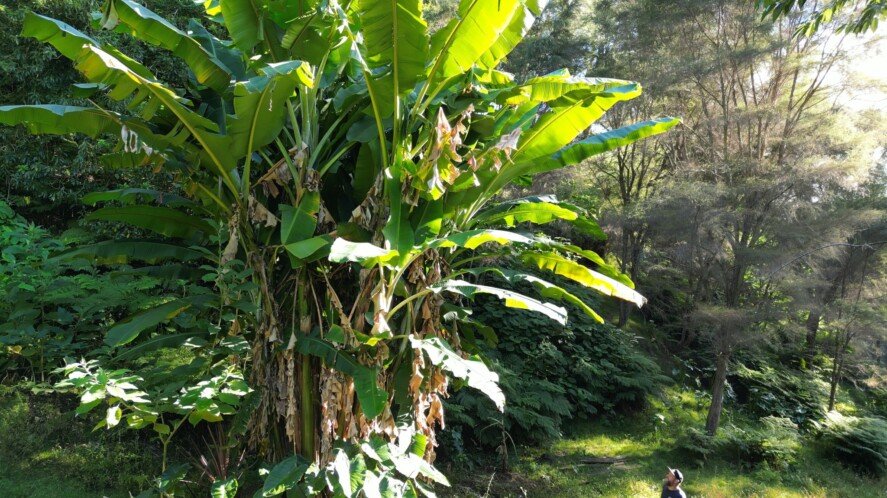







I’ve noticed this vine in my local park but didn’t realize it was such a problem. I’ll definitely be more aware of it from now on.
The tips for removing Old Man’s Beard are very clear and practical. I’ll be sure to implement these methods in my garden.
Thank you for the detailed guide on identifying and removing Old Man’s Beard. It’s very informative and seems like a helpful resource for anyone dealing with this issue.
It’s good to know why Old Man’s Beard is such a threat and what can be done to combat it. Thanks for raising awareness about this invasive species.
Interesting read about Old Man’s Beard. It’s surprising how something so harmless-looking can cause so much damage to the ecosystem.